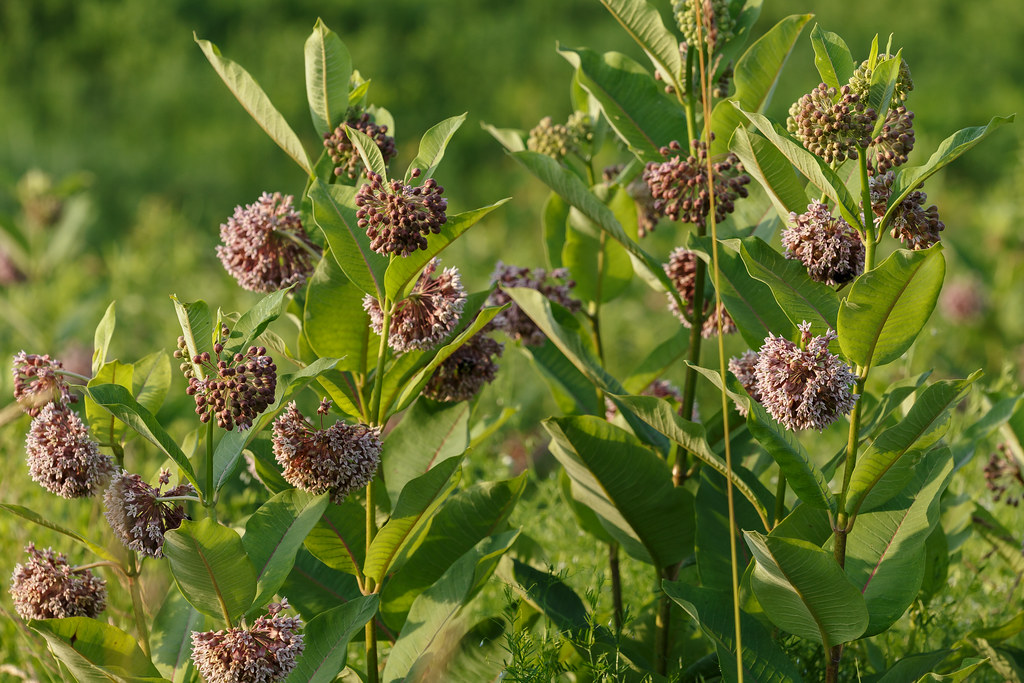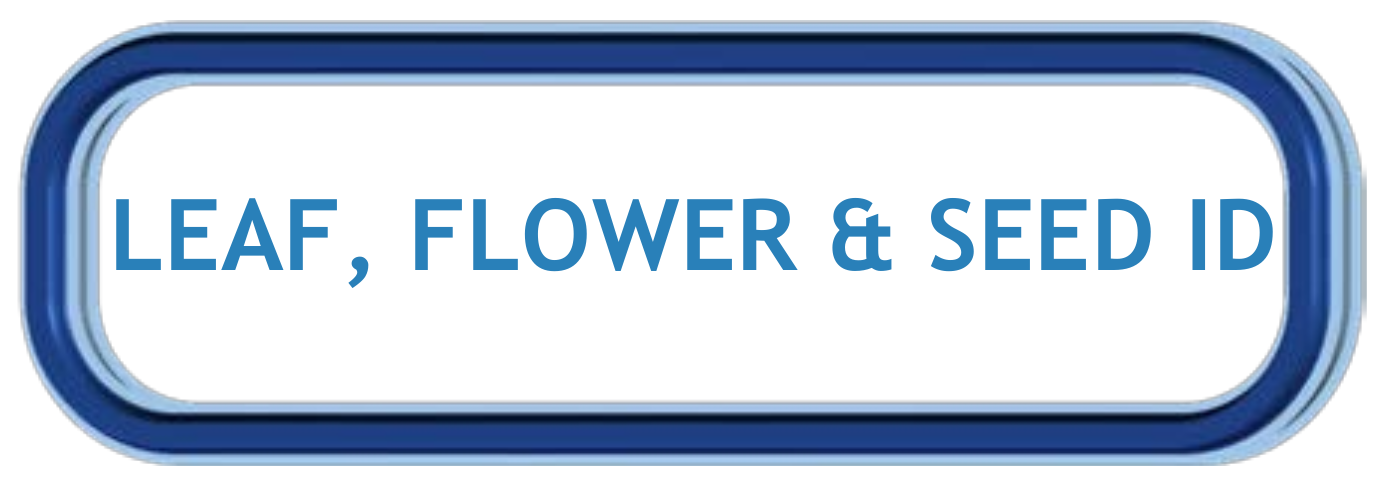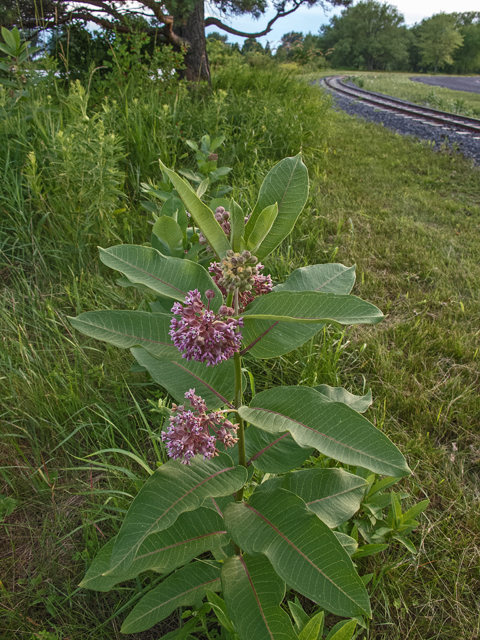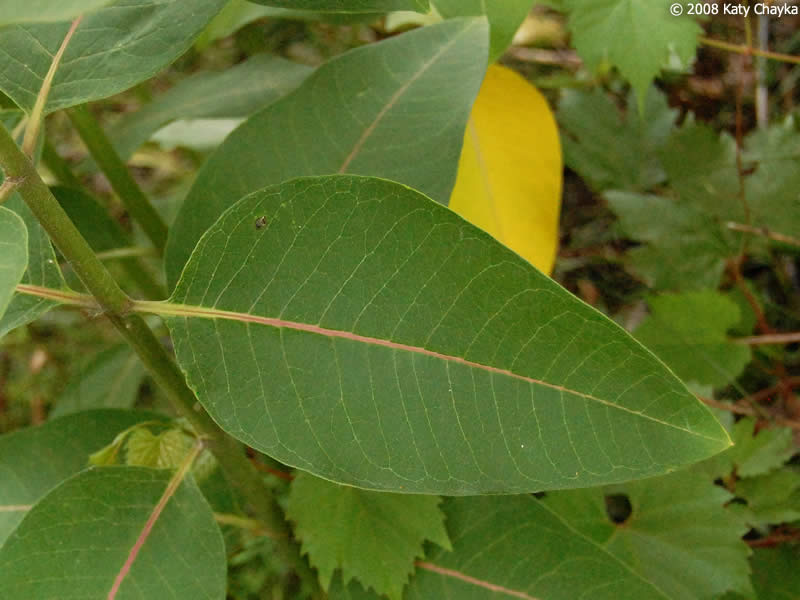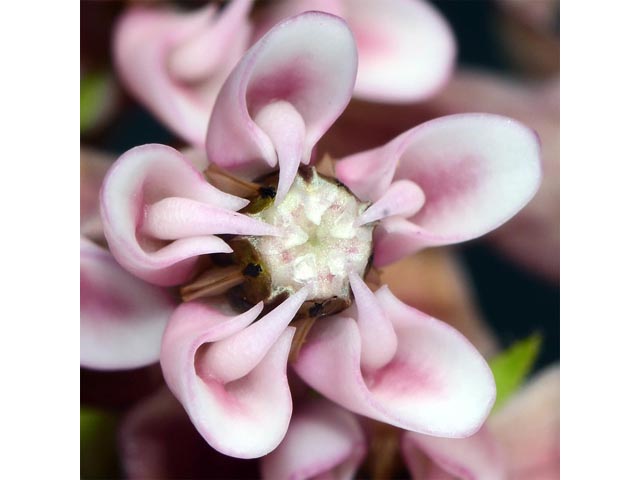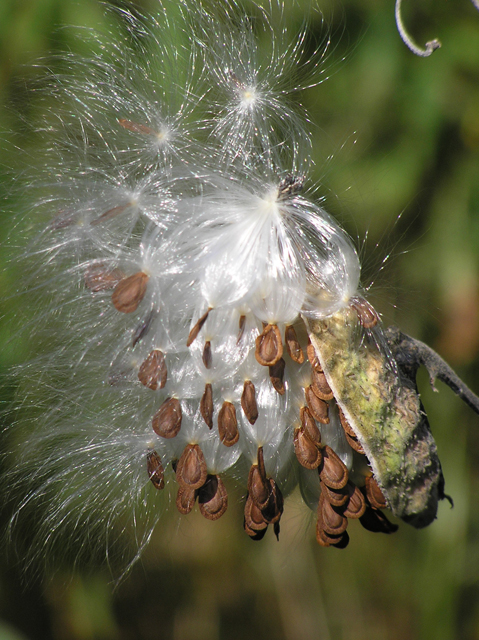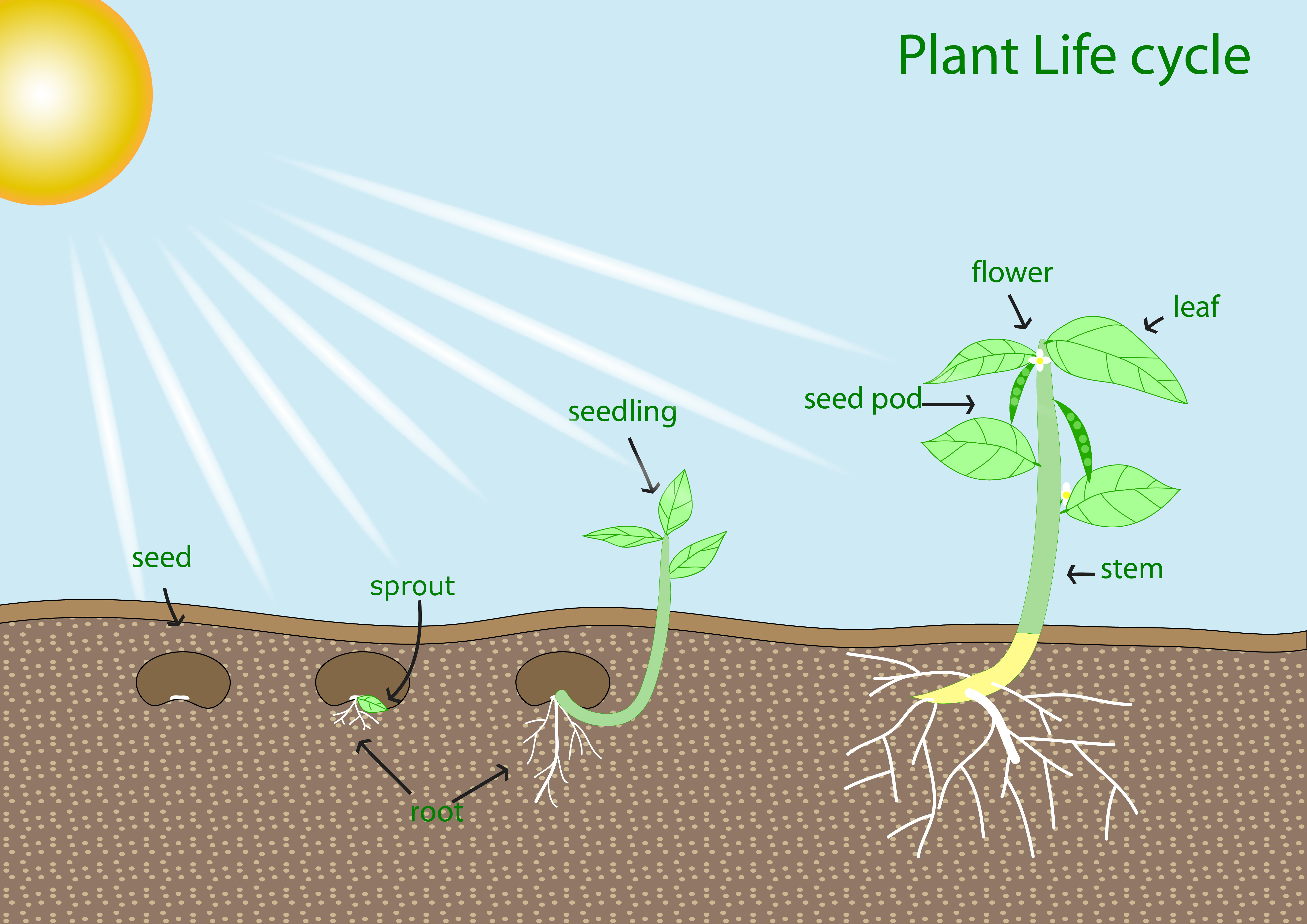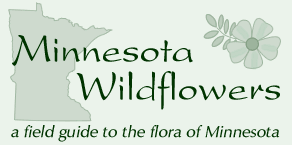Dig Into Plants: Common Milkweed
Common Milkweed Scientific Name: Asclepias syriaca Native to Alabama: Yes Other common milkweed species: Butterfly Milkweed, Swamp Milkweed, Whorled Milkweed |
|
flickr - Tom Potterfield Click on image to enlarge it |
Learn more about...
| Ecological Benefits |
| This plant provides food for: | ||||
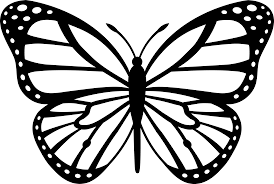 |
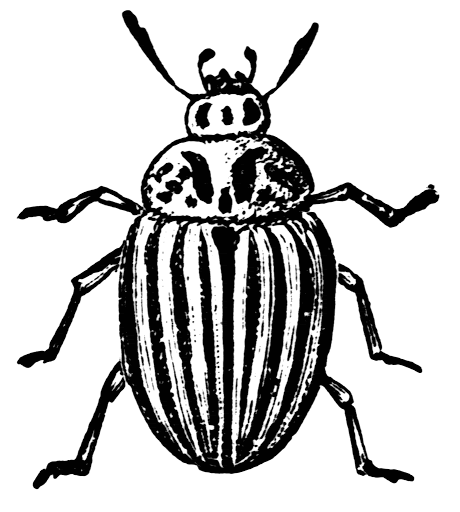 |
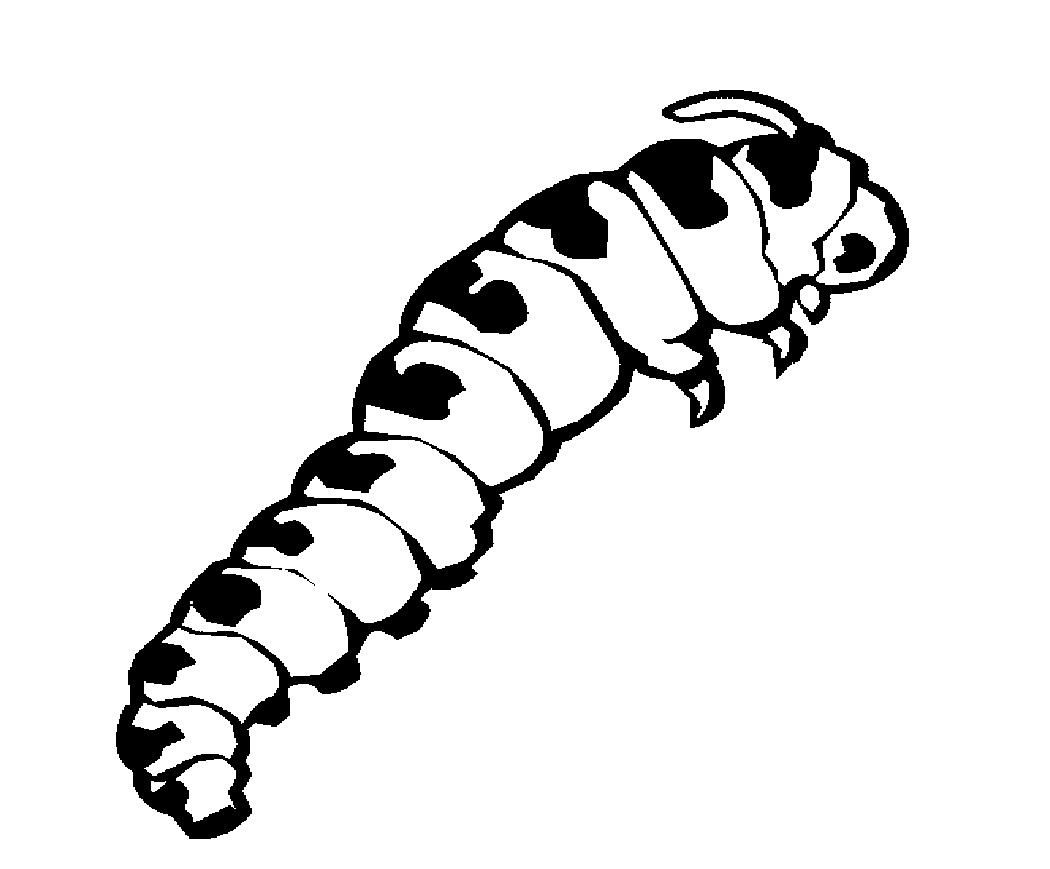 |
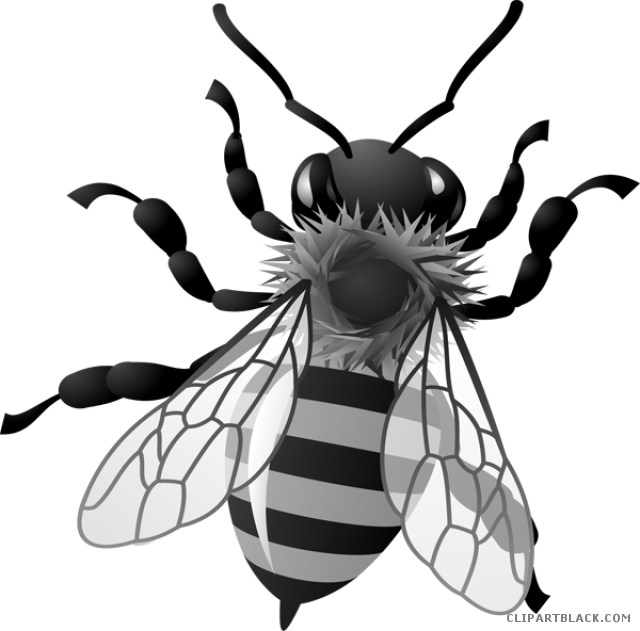 |
 |
| Butterflies | Other Pollinators | Caterpillars | Native Bees | Hummingbirds |
| Monarch | ||||
| Other Plants Found in Alabama with Similar Ecological Benefits: |
|||||
| Butterfly Milkweed (Asclepias incarnata) |
Swamp Milkweed (Asclepias incarnata) |
Green Milkweed (Asclepias viridis) |
|||
|
|
|||||
| Pinewoods Milkweed (Asclepias humistrata) |
White Milkweed (Asclepias variegata) |
Eastern Whorled Milkweed (Asclepias verticillata) |
|||
| Swamp Forest Milkweed/ Aquatic Milkweed (Asclepias perennis) |
Tropical/Scarlet Milkweed (Asclepias curassavica) |
||||
| Maintenance Notes | ||
|
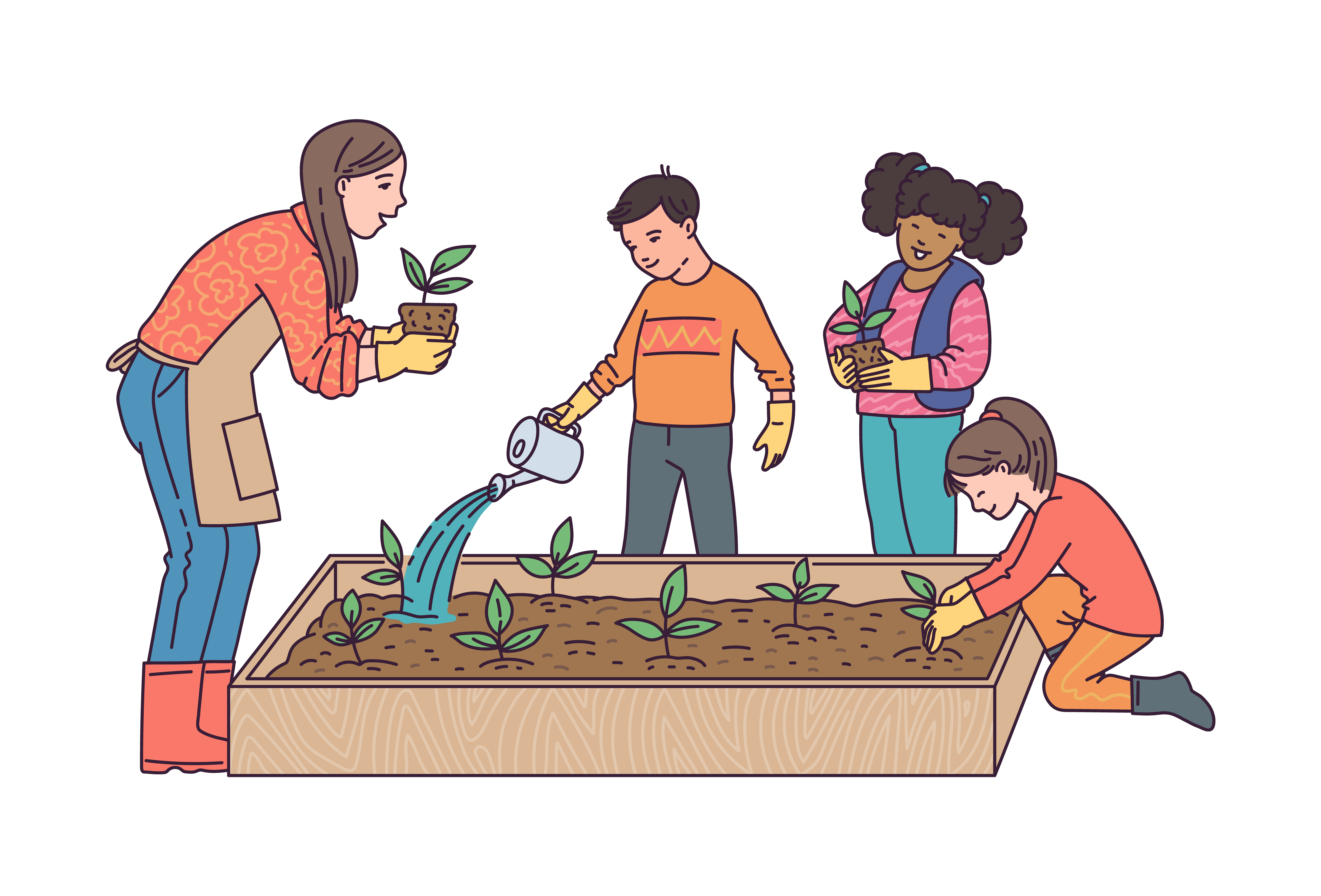 |
|
|
||
| Average watering: water two times per week during the summer and once per week during the rest of the year. | ||
| Habitat Requirements | |||
| This plant prefers: | |||
|
(6+ hours of sun per day) |

Average Watering |
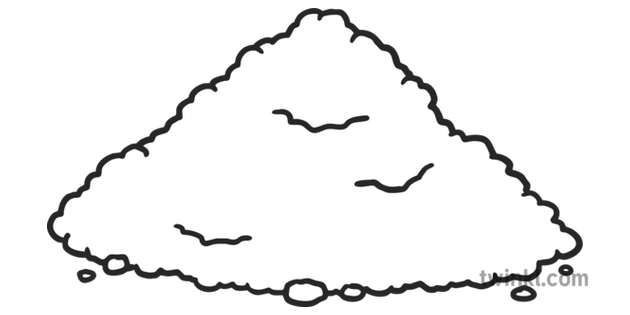 Well-Drained, Sandy, Loamy, or Clay Soil Well-Drained, Sandy, Loamy, or Clay Soil |
|
| Leaf, Flower & Seed Identification | |||||
| LEAF DESCRIPTION |
Minnesota Wildflowers - Katy Chayka
Click on image to enlarge it |
||||
| Leaf Characteristics Chart (JPG) | |||||
| Shape: Ovate/Elliptical |
Margin: Entire/Smooth |
Arrangement: Opposite |
Form: Simple |
||
|
|
|
|
|
|
|
| Description: | |||||
| Shape varies from oval to elliptical; slightly pointed at the tip; 4-4.75 inches long and 2-4 inches wide; Darker green on the top; Under side of the leaf is lighter green and slightly hairy; midrib is light pink or white; veins do not reach the edge of the leaf; hairy stem | |||||
| FLOWER DESCRIPTION |
Lady Bird Johnson Wildflower Center James L. Reveal Click on image to enlarge it |
|||||
| Flower Shapes Chart (JPG) | ||||||
| Color: Pinkish purple |
Shape: Stellate (star-shaped) |
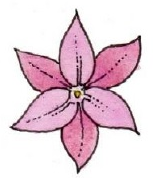 |
Bloom Months: June - Aug |
|||
| Description: | ||||||
| Clusters of more than 30 flowers each form rounded drooping domes up to 2 inches across; individual flowers are 0.5 inches across with 5 downward pointing petals and a 5 part crown | ||||||
| SEED DESCRIPTION |
Lady Bird Johnson Wildflower Center
Julie Makin Click on image to enlarge it |
||
| Type: Fruit - Dry Seed Pod |
Description: Flat brown seeds with silky attachments are contained in bumpy green pods up to 5 inches long |
Months in Seed: Summer/Fall |
|
| Plant spreads by: | |||
| Seeds and Rhizomes/ Tubers/ Roots & Shoots Silky-haired seeds are dispersed by wind; underground rhizomes spread and create new clumps of plants |
|||
ADDITIONAL RESOURCES FOR TEACHERS
| Quick Fact Sheet (Condensed Species Info) |
Plant ID Sign: Ready as-is PDF |
Plant ID Sign: Editable Word Doc |
QR Code (Links to this Webpage) |
INFORMATION SOURCES FOR THIS PLANT
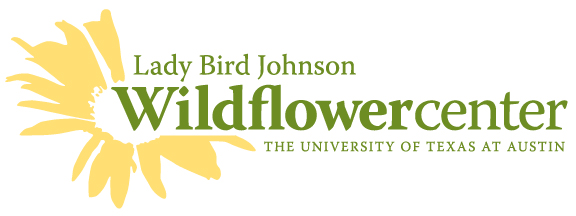 |
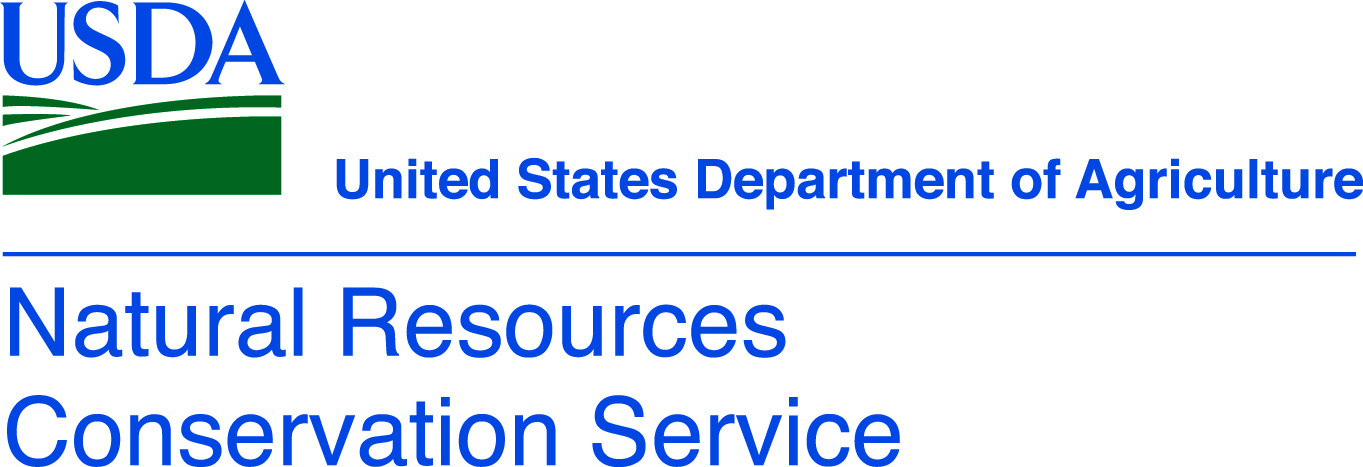 |
|
|
|
|
|
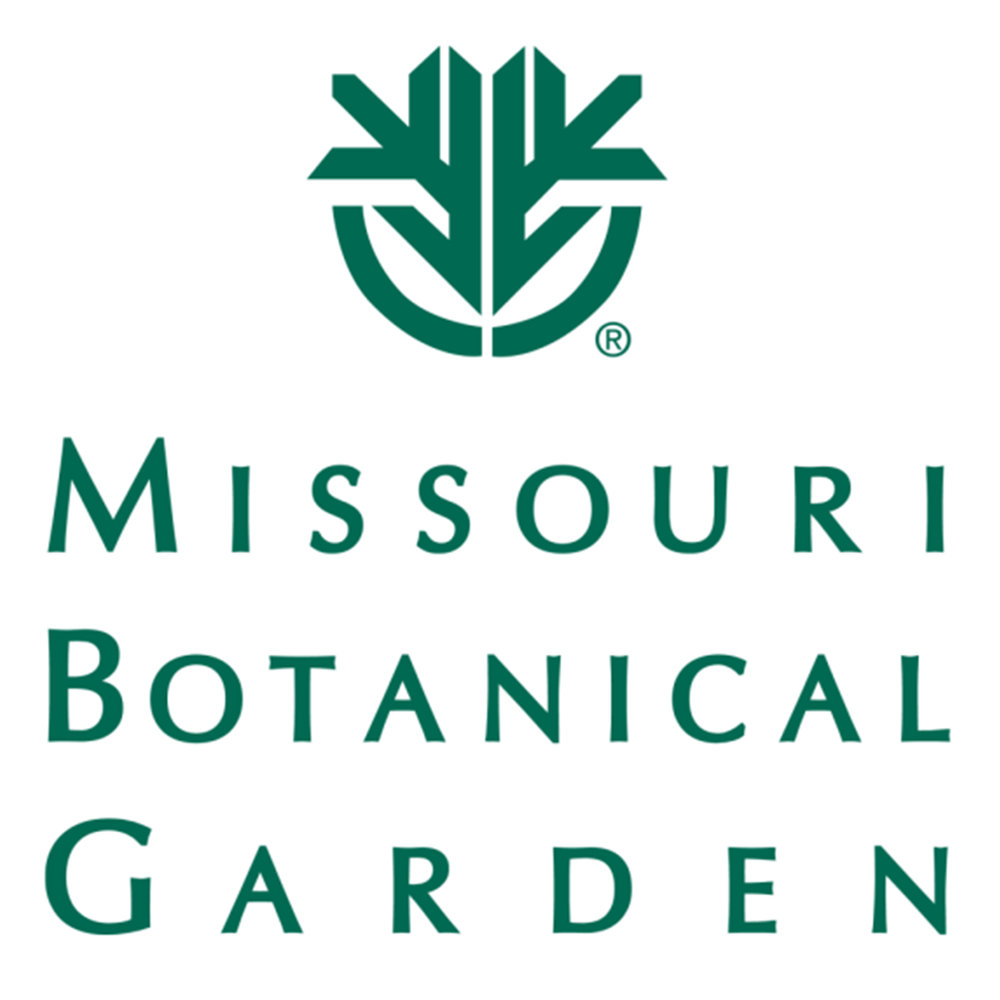 |
||
|
|
|
 Wildlife Tag
Wildlife Tag
